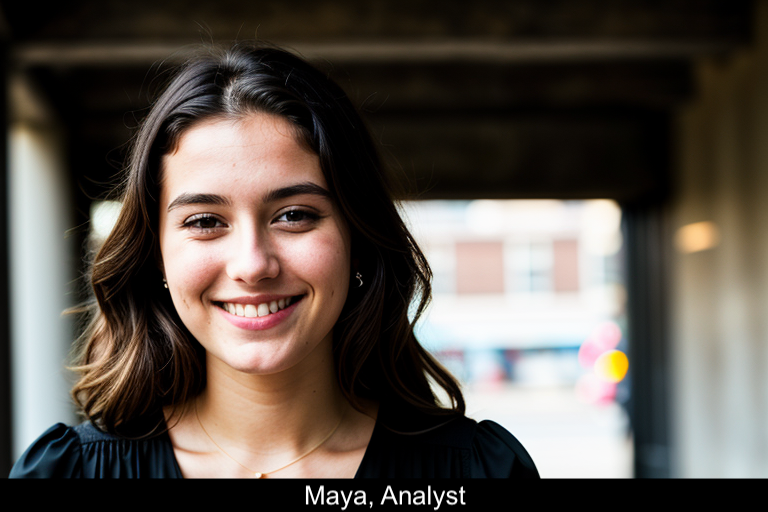The admission of guilt by Bryan Kohberger in the murders of four Idaho college students not only closes one chapter of a tragic crime but opens various discussions about the legal system, public sentiment, and the nature of justice itself. As we dissect the impact of this case and the plea agreement that allowed Kohberger to evade the death penalty, it’s essential to delve deep into the implications that arise from such high-profile legal proceedings.
First, it’s critical to understand the ramifications of Kohberger’s guilty plea. By admitting guilt as part of a plea deal, he has avoided a potentially lengthy death penalty trial that could have dragged on for years, rousing public interest and media coverage. However, the decision to enter into a plea agreement has sparked a divide among the victims’ families, highlighting the complex emotions surrounding justice in such tragic circumstances. While some families perceive closure through the resolution of the case, others, such as Kaylee Goncalves’ father, expressed feelings of disappointment and frustration at not receiving a complete narrative of the events that transpired.
The plea deal also raises questions about the judicial process in high-stakes cases. Legal experts and advocates for victims’ rights often emphasize the importance of transparency in trials. The fact that Kohberger’s plea deal allowed him to sidestep a public trial means that critical details regarding his motives and psychological state remain obscured. This lack of clarity can lead to further speculation and may hinder a comprehensive understanding of such violent incidents, leaving unanswered questions that could provide essential lessons to society about crime prevention.
Moreover, the emotional toll on the victim’s families cannot be overstated. Lives were shattered due to this crime, and although a plea deal can offer a swift resolution, it can also feel like a compromise on the pursuit of justice. Victims’ relatives desire not just punishment but closure, answers, and reassurance that similar tragedies will be effectively prevented in the future. The varying reactions from the families involved emphasize that the pursuit of justice is not a singular experience but rather a deeply personal journey that varies from one individual to another.
The case also brings forth the chilling reality of violence in college towns, which are often perceived as safe havens for young adults. The brutal nature of the Idaho murders has instilled fear within communities and triggered debates around campus safety and the adequacy of protective measures. Universities and local governments may feel pressured to implement more stringent safety protocols, with an emphasis on awareness and prevention training, to foster a safer environment for students.
From a legal standpoint, Kohberger’s background in criminology presents an unsettling narrative. His academic pursuits may have granted him insights into criminal behavior, potentially influencing his actions and planning. This revelation underscores the need for ongoing research into the psychological and environmental factors that contribute to violent behavior, particularly among those with academic knowledge of criminal patterns.
Addressing the broader societal implications is also crucial. The use of plea deals, especially in cases involving capital offenses, sparks debate around morality, ethics, and empathy. The decision to forgo a trial may simplify judicial proceedings but raises important questions about the ethical implications of such choices. Plea deals can sometimes be seen as a way for the legal system to alleviate overcrowded courts, yet they can ultimately deny victims and their families the opportunity for a comprehensive account of the events and the motivations behind them.
Furthermore, Kohberger’s case illustrates the role social media and public opinion play in shaping perceptions of justice. The intense media coverage surrounding the murders drew widespread public attention, leading to a rush for quick judgments about the suspect’s guilt or innocence. This environment may have influenced the legal proceedings and media narratives, emphasizing the need for responsible reporting to avoid skewing public perceptions before the full facts emerge.
In conclusion, while the resolution of Bryan Kohberger’s case via a plea agreement may offer some closure for the families involved, it opens numerous avenues for discussion regarding justice, morality, and societal responsibility. High-profile cases like this one exemplify the intricate web of emotions, ethics, and legal complexities that surround violent crimes. As communities reflect on the implications of this tragedy, it is essential to prioritize a thoughtful approach to justice that addresses not only the immediate legal outcomes but the wider societal impacts that resonate deeply within affected communities. The ongoing conversations around safety, mental health awareness, emotional support for victims’ families, and legal reform will be paramount in preventing similar tragedies from recurring in the future.




